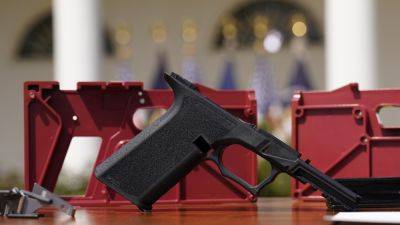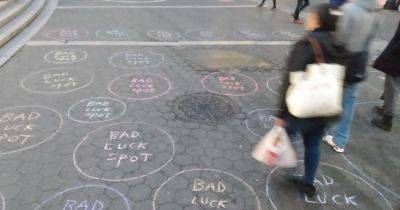Psychologist Who Waterboarded C.I.A. Prisoners Defends Method’s Use in 9/11 Case
In the years after the C.I.A. waterboarded the man accused of plotting the Sept. 11 attacks, the agency offered explanations of how he withstood the technique 183 times at a secret overseas prison.
The prisoner, Khalid Shaikh Mohammed, was strapped to a gurney with his head tilted down and a cloth covering his face. Somehow, the theory went, he realized that his captors would pour water on the cloth for at most 40 seconds at a time. So he used his fingers to count until he could breathe again as he experienced the sensation of drowning.
This week, at a hearing in the case, Mr. Mohammed’s lawyer, Gary D. Sowards, offered an alternative explanation while questioning a psychologist who administered the waterboarding.
Some Muslims, including Mr. Mohammed, repeatedly put a thumb to three fingers as they say a prayer praising Allah, Mr. Sowards said. Some also point upward, as if to the sky, when they believe they are taking their last gasps of life — a gesture some C.I.A. observers interpreted as Mr. Mohammed signaling that the time limit was approaching on that round of simulated drowning, and to let him breathe.
No prisoner in U.S. history is known to have been subjected to the technique as many times as Mr. Mohammed. And while waterboarding has been discussed and described periodically during hearings since his arraignment in 2012, this week’s testimony offered a clinical discussion of how C.I.A. representatives repeatedly used it and evaluated its efficacy in a secret prison in Poland in March 2003.







